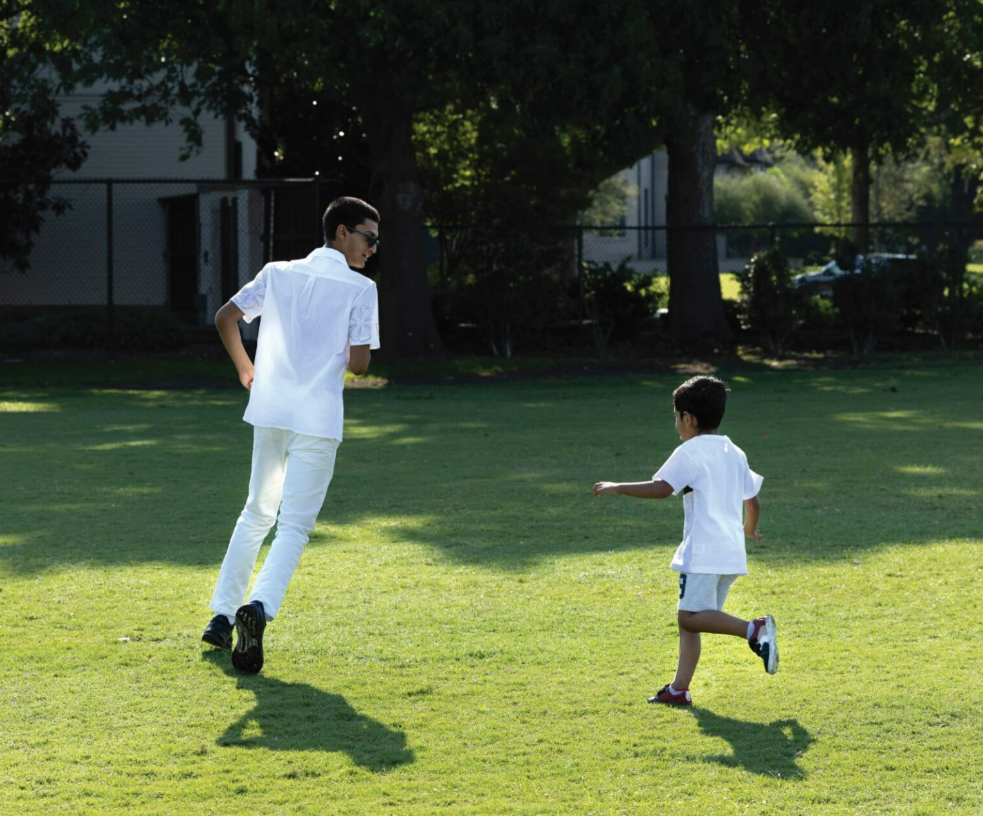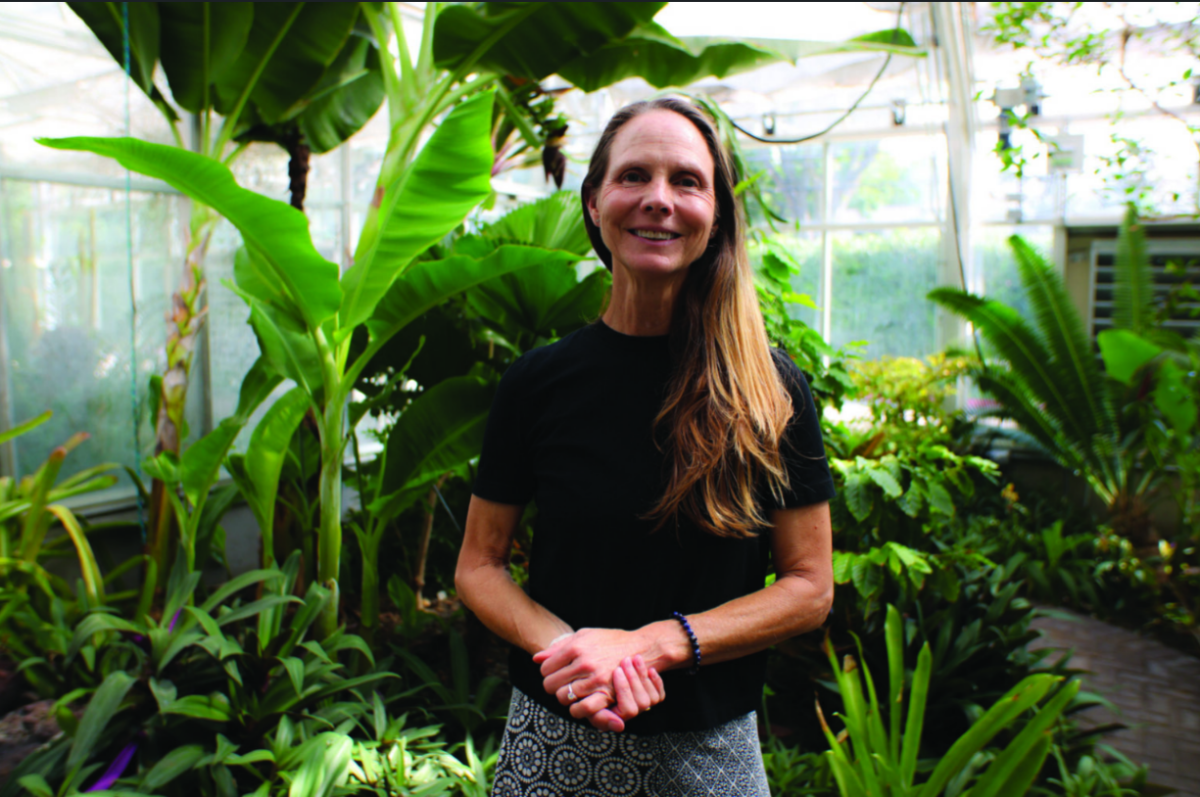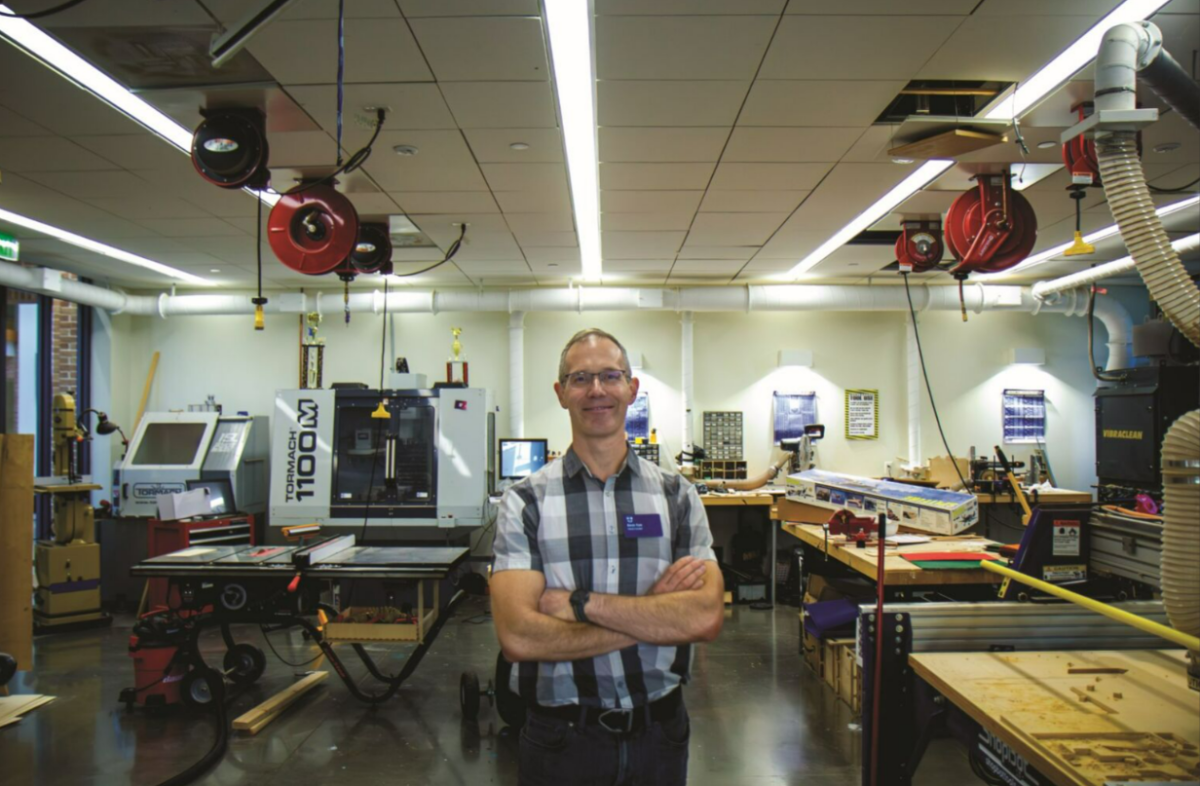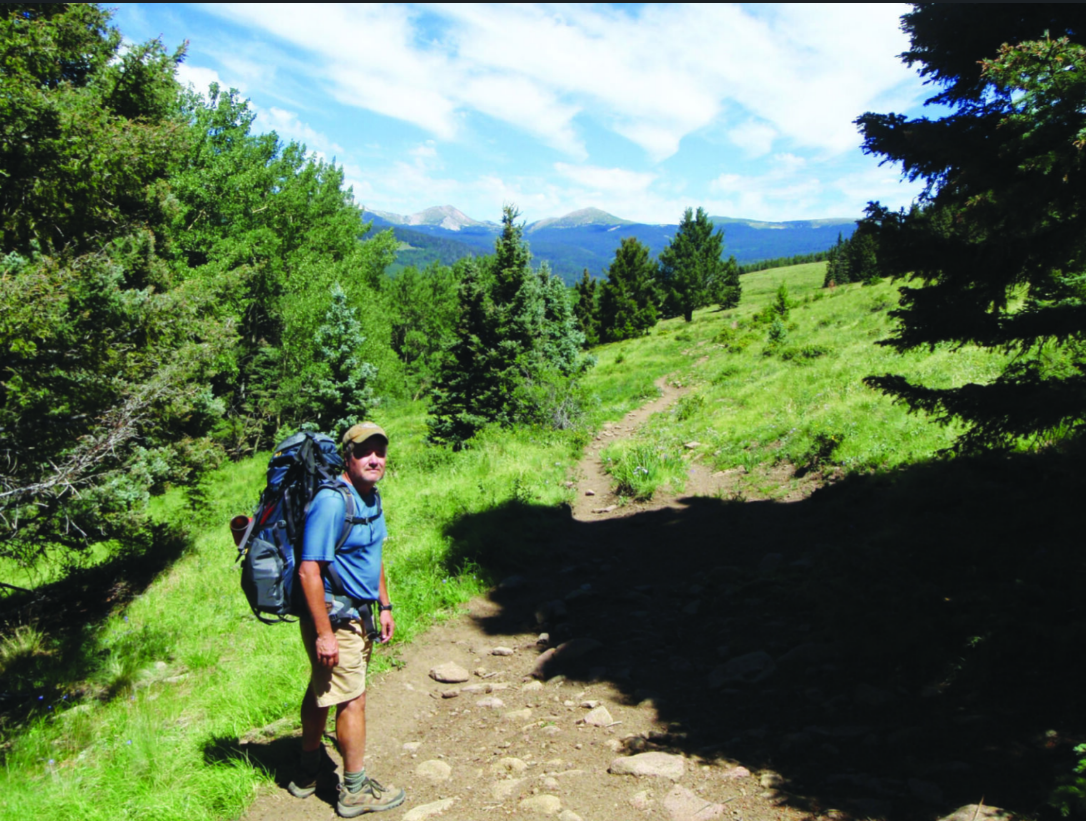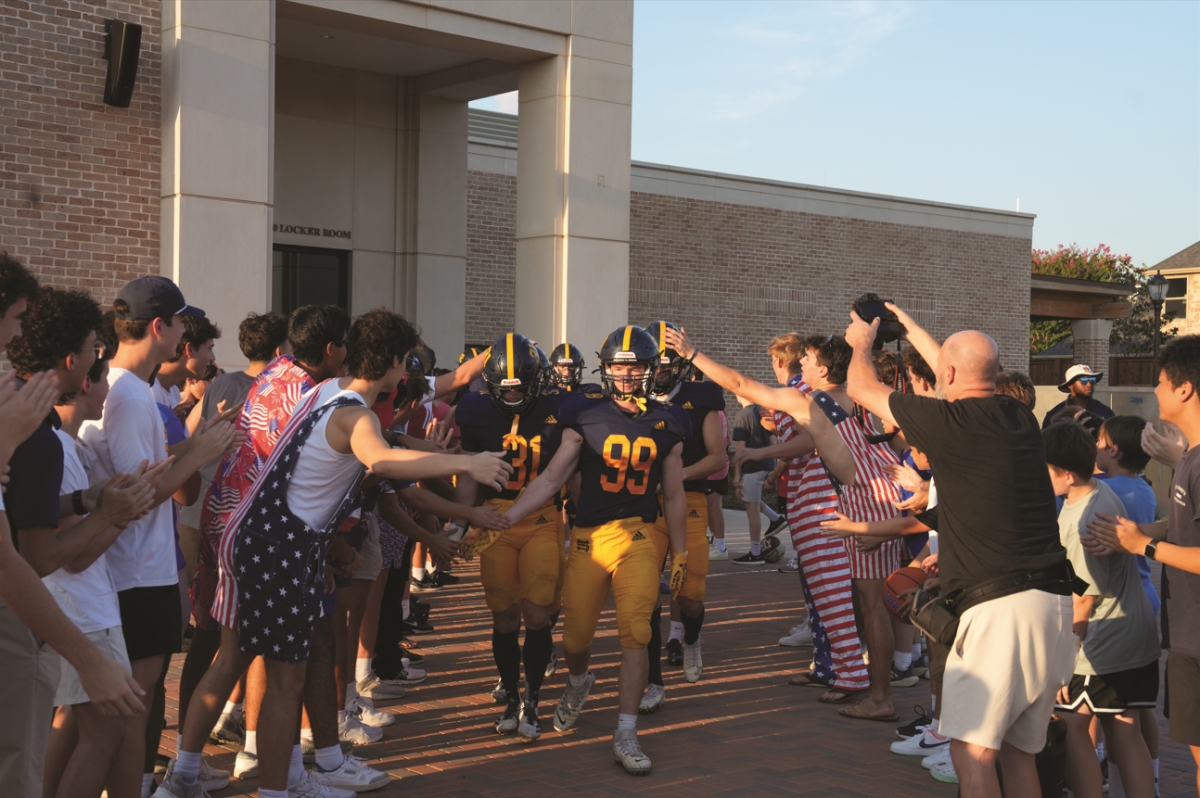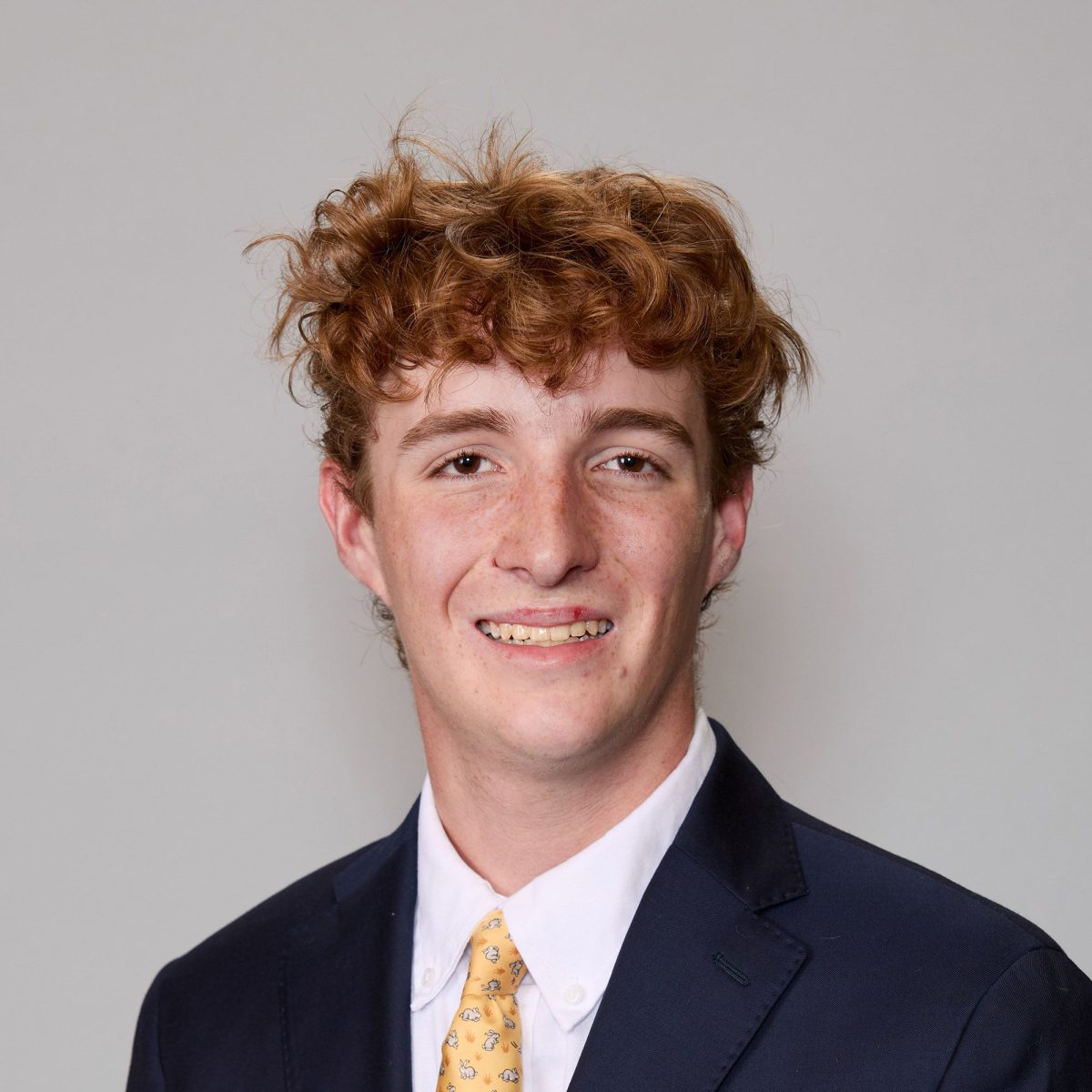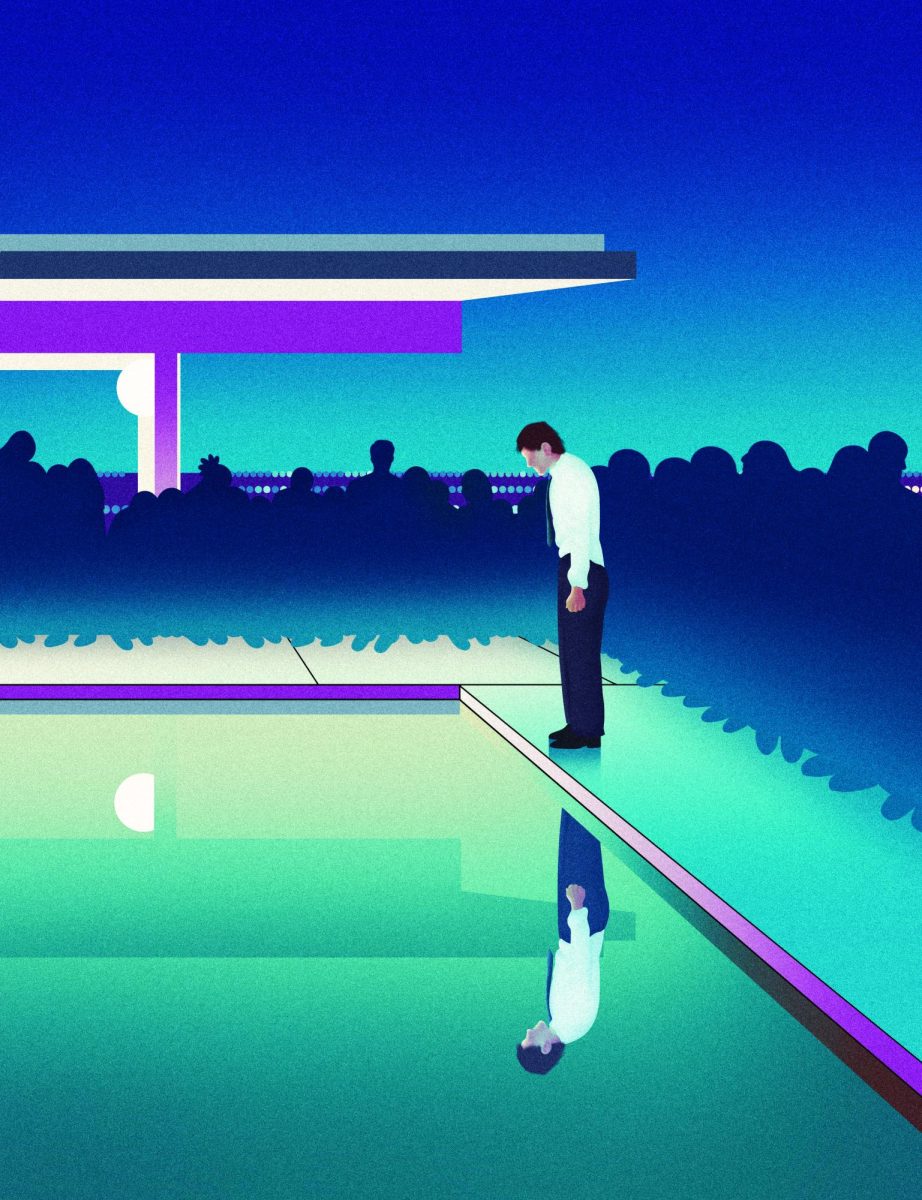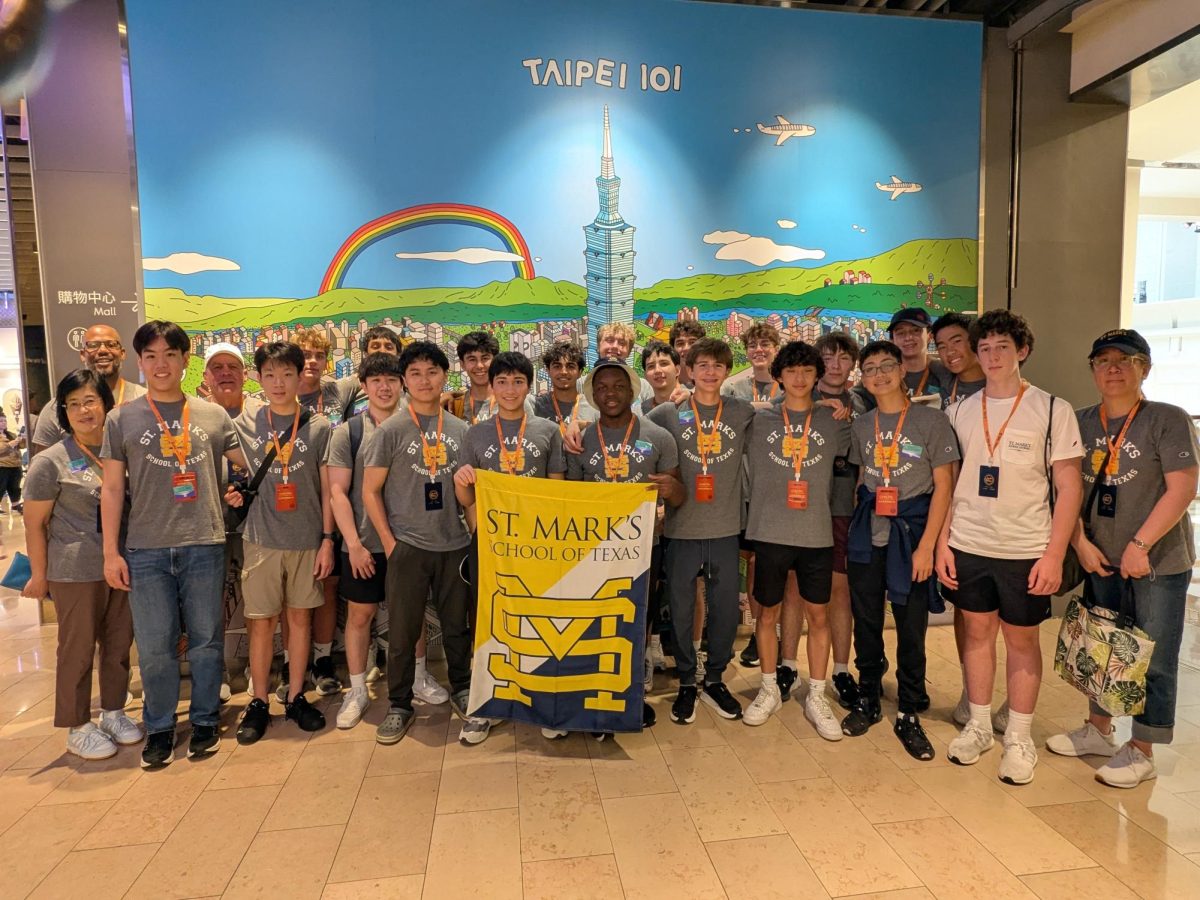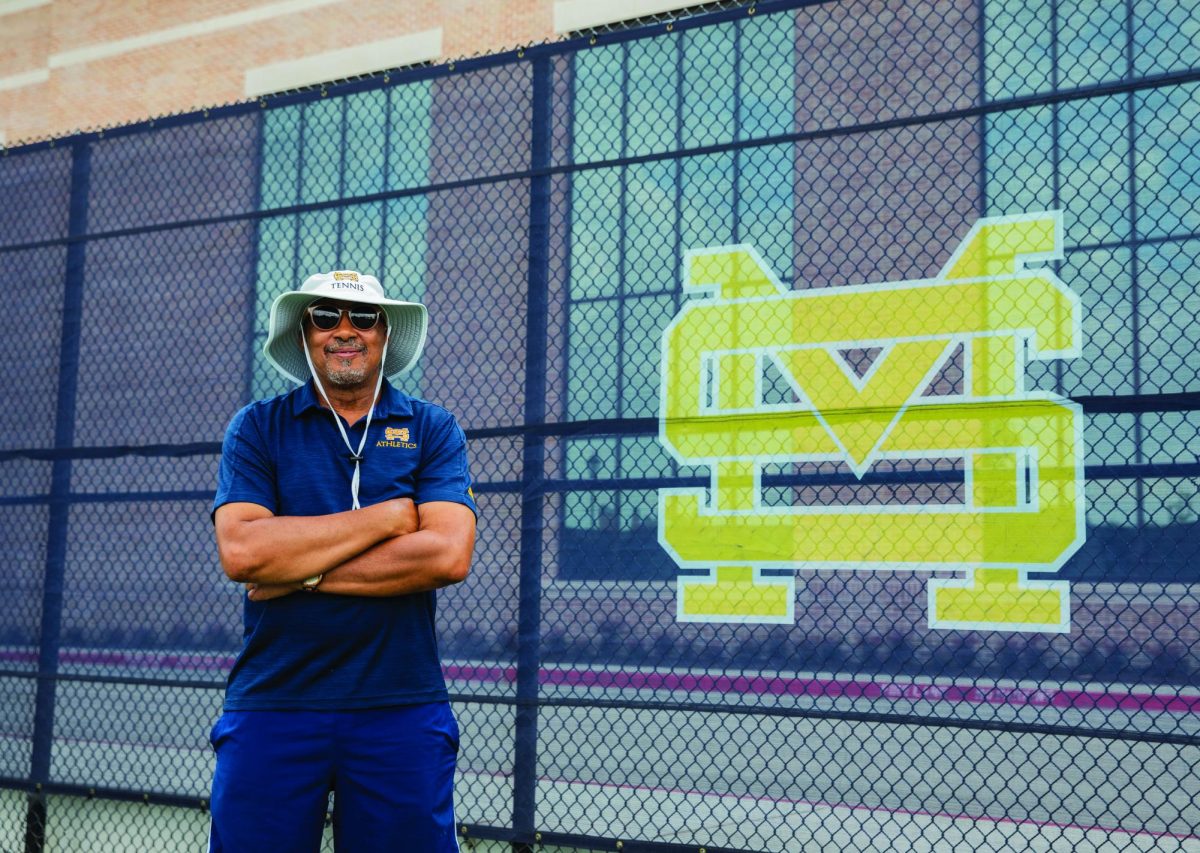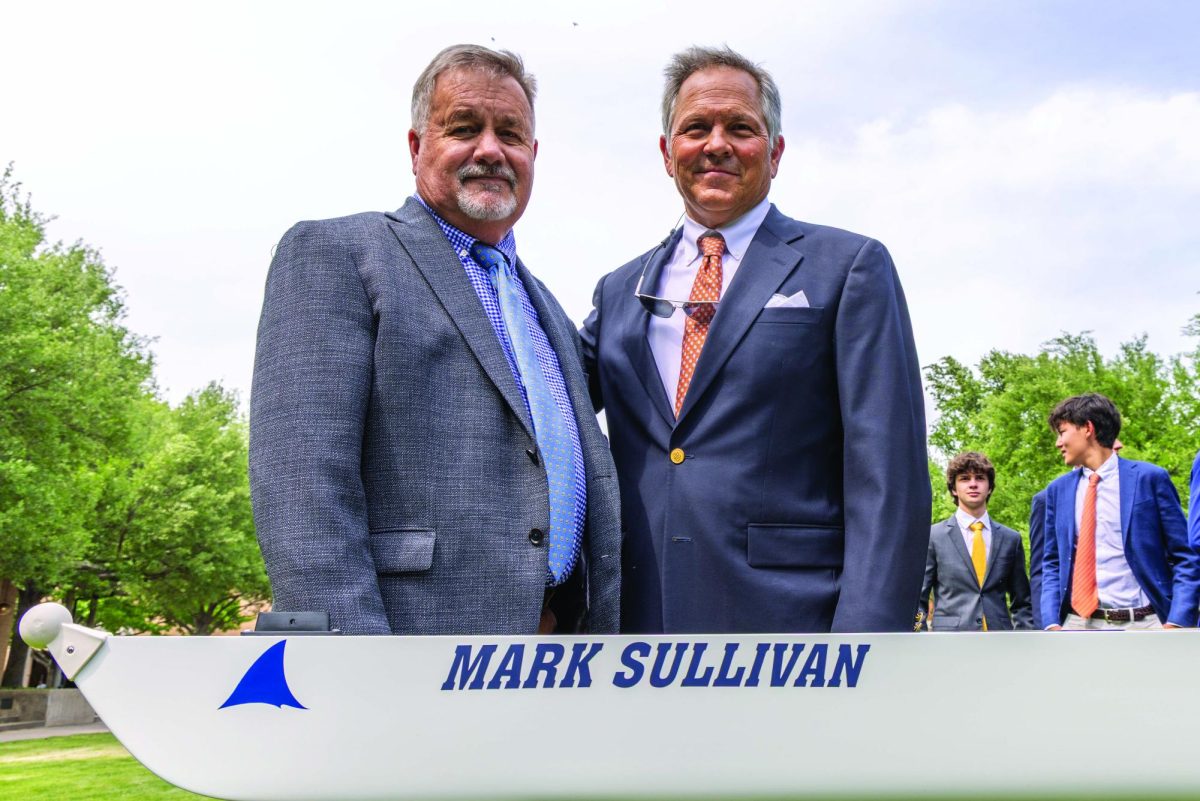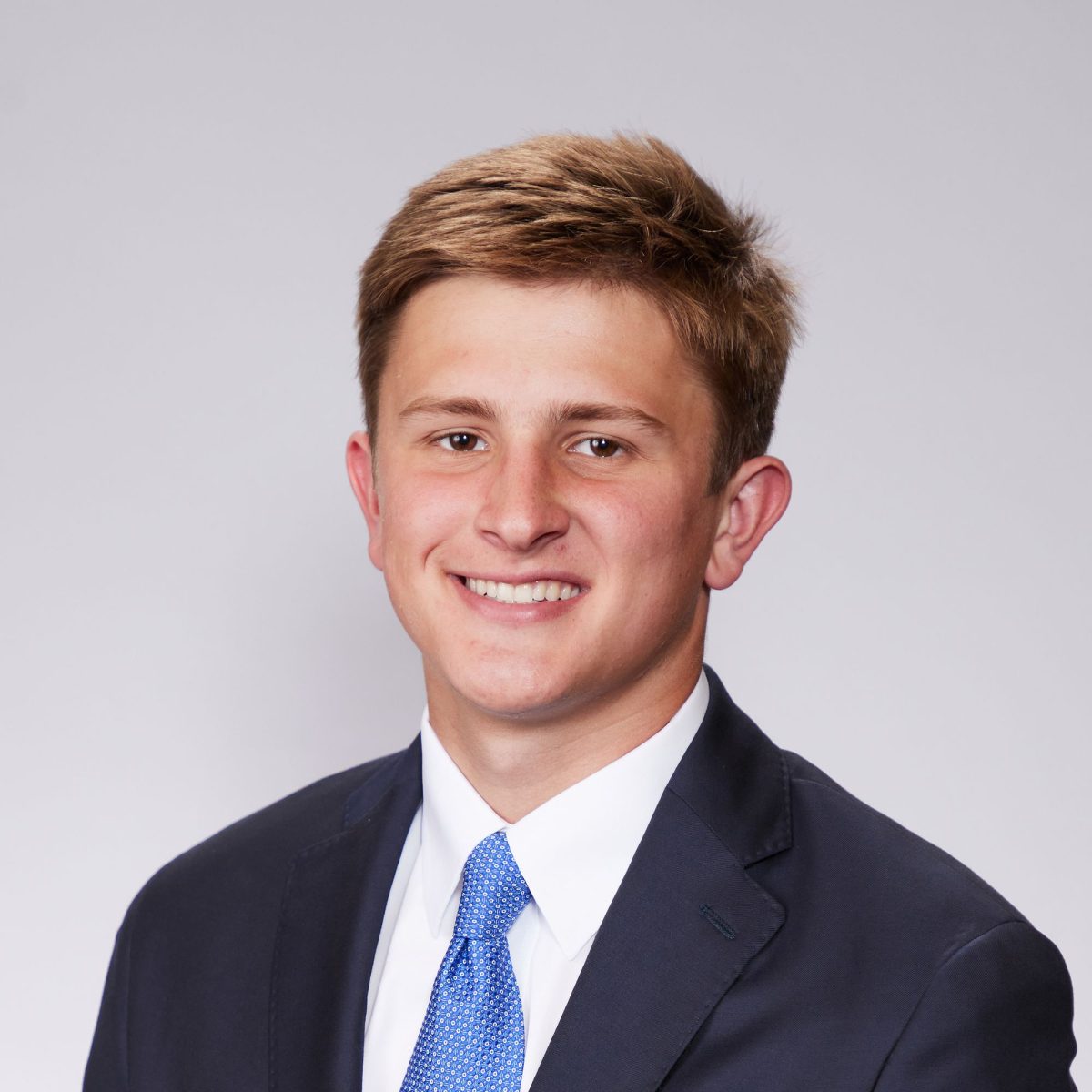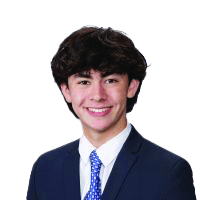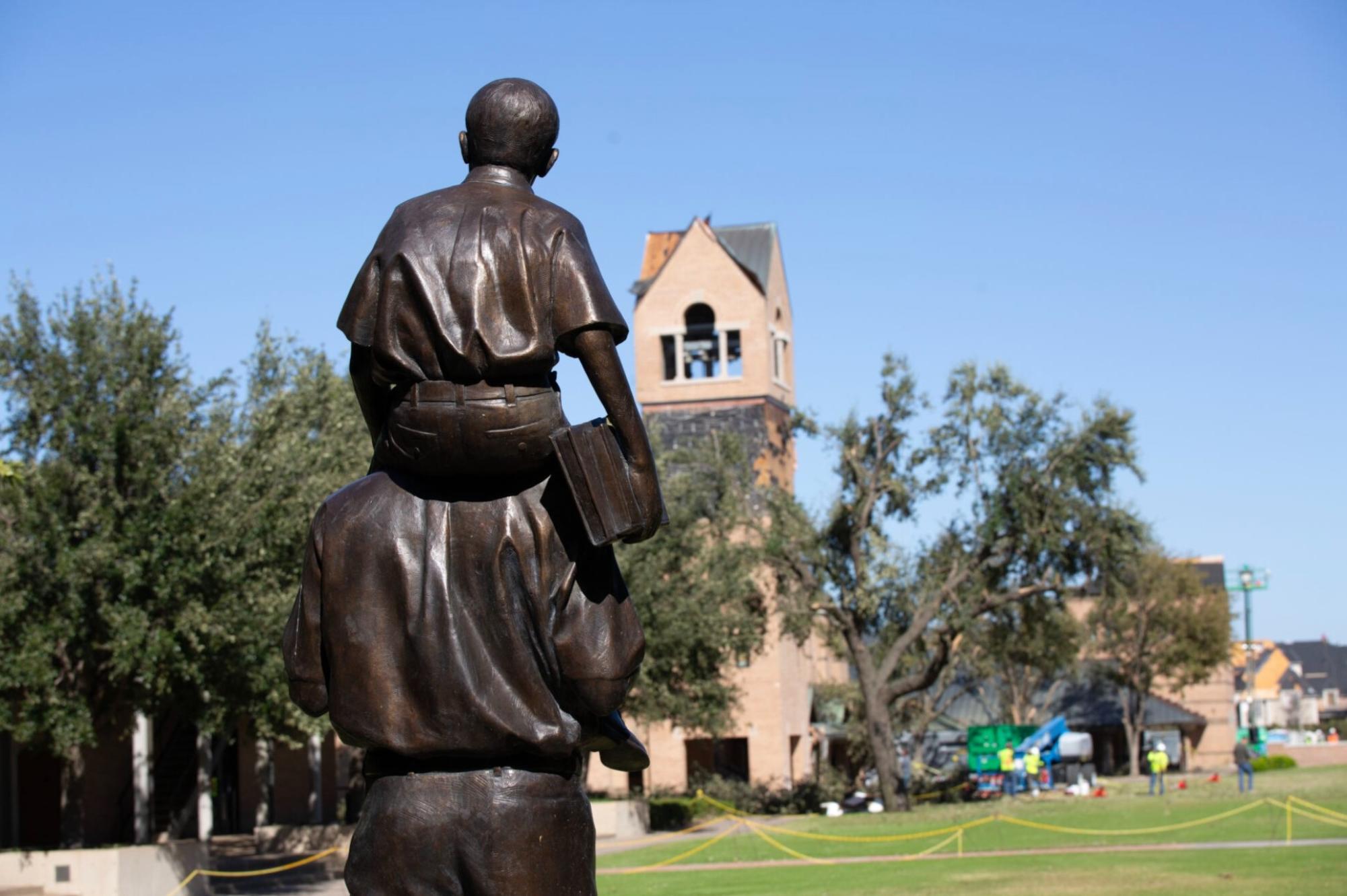
Reliving a night they’ll never forget
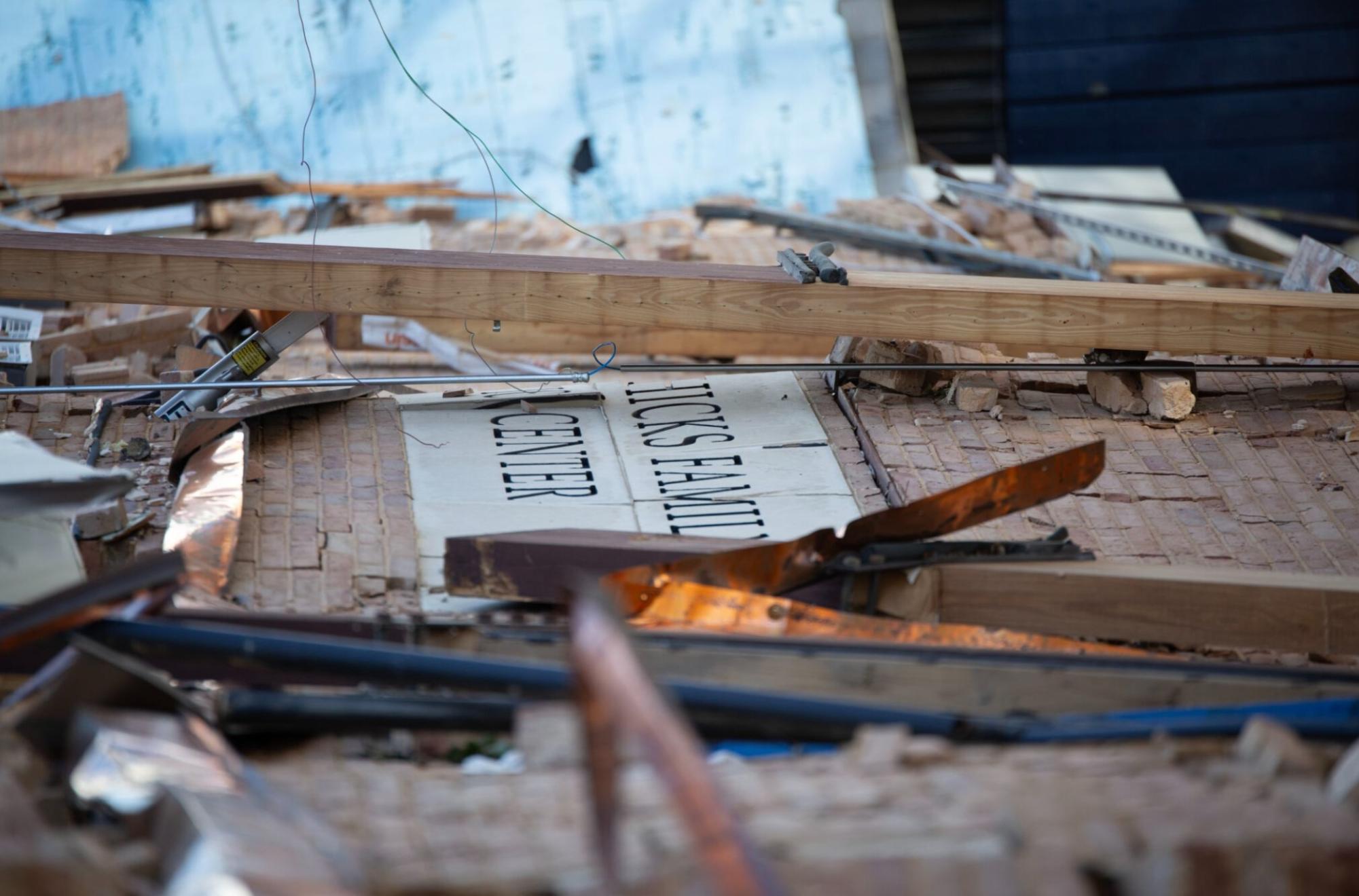
The evening of Oct. 20, 2019 was shaping up to be a normal Sunday night. By 5 p.m., there was not a cloud in sight, with many people enjoying the beautiful weather before turning on the Cowboys vs. Eagles Sunday Night Football game. Everything was quiet on campus, with the night shift guard clocking in at 9 p.m. Even as the wind was picking up and clouds were gathering, most Dallasites were at ease, enjoying the peaceful last night of their weekend. No one could’ve predicted the mayhem that followed.
Jamie Rogers ‘85, Alumni association president and parent: It was a beautiful fall day, sunny, cool temperatures, great outdoor weather. That night, I had even grilled out and I wasn’t worried about the weather at all. I was watching the game in our bedroom and my younger son came and alerted me to a tornado warning. At first, I tried to shoo him away and say, ‘Thanks Robert, but it’s probably nothing,’ but he convinced me that it was potentially serious.
Jennifer Gordy, lower school instructor and parent: We actually got the warning from the TV. At that point, we just grabbed the dog and had everybody go downstairs, into the closet, and then within minutes, the neighborhood sirens were going off. It was just scary.
Rishab Siddamshetty, ‘23: Me, my brother and my family, we were all just sitting at the dinner table. I was talking to them about some new Boy Scout stuff. Then the lights started flickering, and my ears popped like we were in an airplane. My dad just said, ‘Run.’ He took us, he dragged our hands into the bathroom. The wind was howling, and we could barely hear anything.
Fraser Marcus, ‘72, Board President and parent: Nolan and I were camped in the living room watching the game, and our daughter came in towards the end of the first half to say that she had been on the phone with a friend of hers who lived a little bit further to the north of us who had heard tornado sirens and suggested that we might want to consider sheltering somewhere. And I said to her, ‘Well, you know, not really. Tornadoes never really come to the more populated parts of town. We’re probably in good shape.’ And then within about a minute or so, I looked out the window of our living room and saw that the sky was a very unusual color. So I sort of calmly suggested that she find her mom and our dog and that we would all gather in the kitchen. The sky was a completely different color, and I could see a lot of stuff moving around. I screamed, ‘Get into the pantry!’ We all did. As I closed the door to the pantry, I could feel the change in pressure, and then I heard exploding glass all through the house.
Charlie Gordy ‘25: I was in my room studying and all of a sudden my mom burst in screaming, so I picked up my dog, we got my brother, and we hid in the closet. Then my dad — he was trying to save the house from falling apart. He went up to the door and tried to hold it shut. Then a tree flew through it and demolished the door. It was really quick, which is the weird part. We were in there, like five minutes, and we stepped out and there was just rubble everywhere. My dad had a big shard of glass in his forehead. It was terrifying.
Rogers: In the immediate aftermath, not knowing what the damage was, we opened the pantry door, and there was water rushing in from the ceiling into the kitchen and glass all over the place. Of course, the power’s off. So we’ve got our phones acting like flashlights. Sort of in shock, and went back to the bedroom where I had just been a few minutes before, there was a big gaping hole in the ceiling and debris and stuff all over the bed, including bricks, because the chimney had fallen through the roof, through the ceiling onto the bed where I was, crushing the bed. If it weren’t for my son, this interview might not be happening.
Nolan Marcus ‘24: I went into my room, and there were leaves and branches. Wood from a window pane was scattered around the house. It was insane. All the windows were broken. You could feel the breeze shoot in throughout the house.
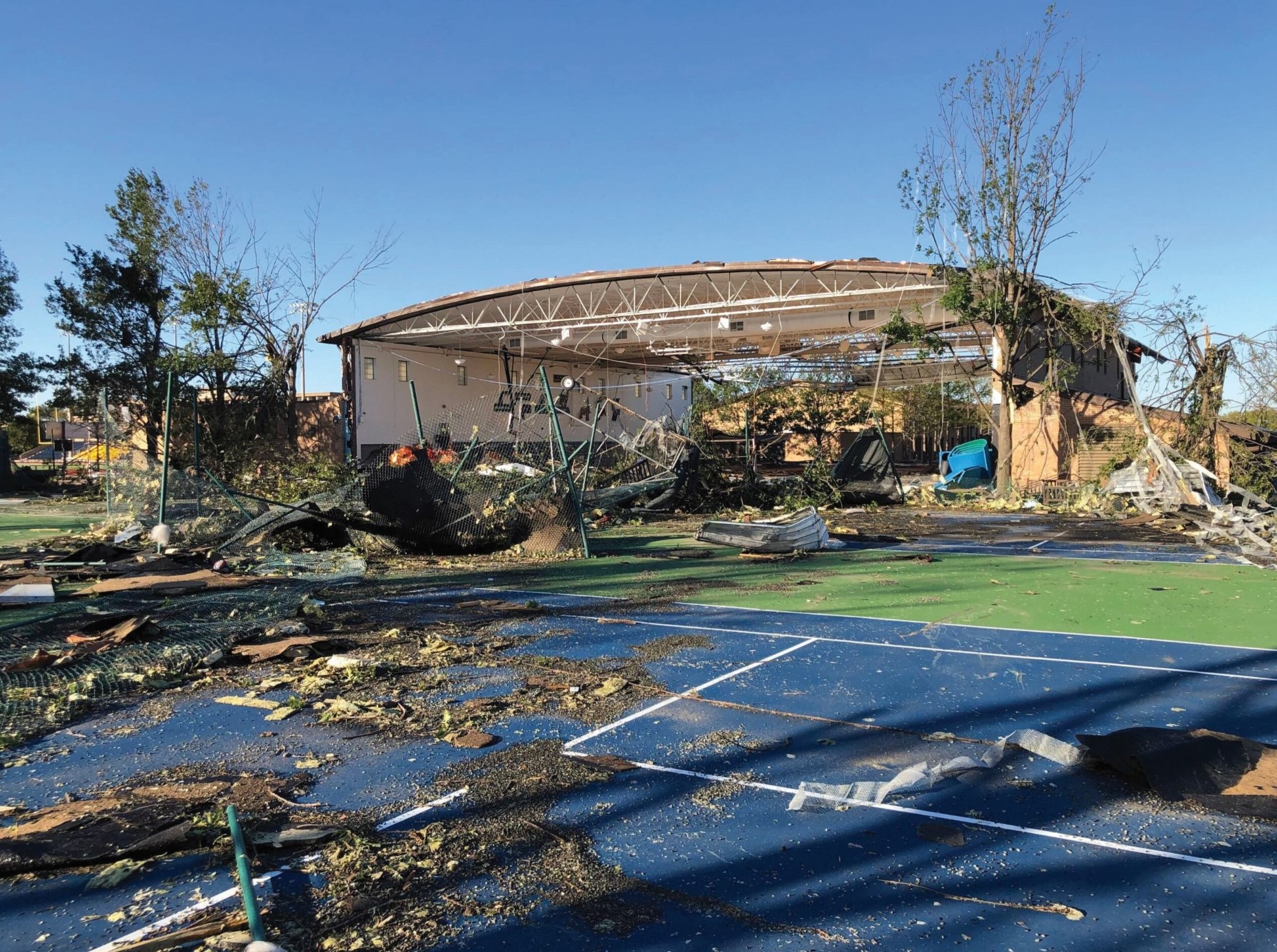
Once Associate Headmaster John Ashton was certain his family was safe and their home was unharmed, he headed to campus within half an hour of the storm passing through.
The night of the tornado, Eugene McDermott Headmaster David Dini and Director of Experiential Education Mark Sullivan were in New Orleans on an accreditation trip at the Isidore Newman School. Texting with Ashton, Dini received word that the tornado had hit campus.
Ashton: My headlights hit what was the gym and illuminated the fact that there were no walls on the east and west side. It was so vivid and visceral, where I knew we had a significant issue. That was the first moment of real understanding of what the impact was.
Dini: I saw the first picture of the gym. Then I knew it was really, really bad. I immediately rang up Mr. Sullivan. I had already gotten on my Southwest app and saw that there was a 6 a.m. flight back to Dallas. I called him and said, ‘change your return ticket to the flight tomorrow. Let’s meet in the lobby at 4 a.m.’
Ashton: I put the car in park, and I called my wife, and I said, ‘I’m okay. I made it to school, but I’m going to be here a while. There are some things I want to check on.’ I wanted to find Daniel Mauch, our (night shift) security guard.
Mauch: When the tornado hit the gym, I was in the security office (located on the north side of Hicks Gym), and I heard a jumbo-jet engine going through the building. A few minutes later, I took out a flashlight, went outside, and looked around. All the lights were out on the property.
Ashton found Mauch soon after reaching the property. The two men, along with others who made their way to campus, stayed through the night to examine the damage. Yet it wasn’t until the light of day that the full extent of the destruction was revealed.
Ashton: We just started walking around campus, trying to inventory where the impact has been. We went into every building, found what was leaking, what was penetrated, where the roofs were gone, where the bricks had fallen off.
Mauch: I walked out and saw all the buses stacked up on top of each other and looking at my poor little vehicle, a couple tennis courts over, flattened. I thought to myself, “How do I get home now?”
Ashton: Mark Webb, our director of the maintenance facilities, had already put a call to a company that does water remediation. They actually sent team members out that night, around midnight, and, by sunrise, we had a whole army coming to get started right away with cleanup. We were fortunate that we had Beck construction here, and they had just finished the Winn Science Center. They were still here with us, working through a punch list of items, finalizing things. They moved from a construction position to a cleanup and repair position.
Dini: We got in a car early that morning, got to the airport and took off, landed at Love Field about 7 a.m. Mrs. Sullivan picked us up, and at that point you could still get into the neighborhood early that Monday morning. There were some trees down in the backyard and of course, no power. We came onto campus through the back. We could immediately see how bad it was. There were limbs, debris everywhere through the quad. Pretty much all the trees at the other end of the quad were gone or just mangled. All the brick from the bell tower had come down. The roofs were all torn back.
Sean Lissemore, Athletic Director: I parked a couple blocks away, so I walked towards campus and I saw Hicks Gym, and I saw our transportation fleet on its side all over campus. I saw the damage, and it took a while for it to sink in. It was unbelievable for a guy that grew up in New Jersey because I wasn’t exposed to tornadoes like this. It really was a concerning time, and my concern was for everyone around us in this community to make sure that they were OK.
Dini: What immediately was going through my mind was, it’s going to take a long time to get back on campus. And I’m thinking to myself, ‘where do we even begin?’
Dave Carden, creative director: The first part was just straight-up communications. You know, school is not going to happen, yeah, so we had to figure out, what do we tell people? How do we tell them? What’s the message? And then all kinds of ancillary events are affected by a school closure.
Dini: Our fire safety systems, our central fire alarm system, was based in Hicks, so that was actually one of the final things that was going to hold us up from reopening, because you can’t open a campus if you don’t have fire safety systems. They had to cut out concrete. We were somewhat contingent upon outside vendors to come help us do some of these things.
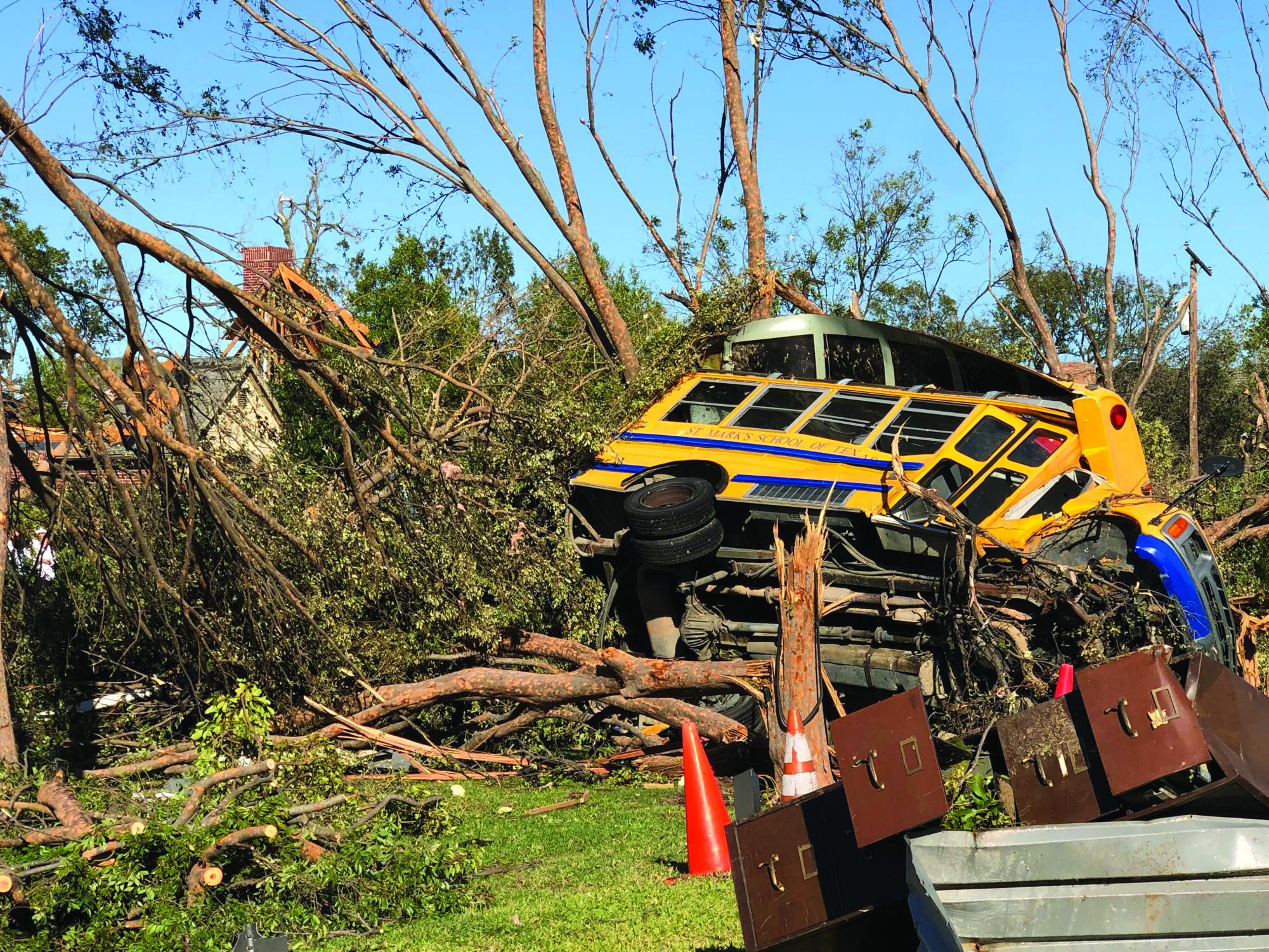
For the next nine days, clean up was in full swing. School staff, faculty, students, alumni, parents and other community members came together with the same goal: Reopening St. Mark’s.
Mauch: The campus was definitely in shock for a few moments for a day or two, but they came together. Things were taken care of and everything was planned on.
Paul Genender ‘87, Trustee and parent: There were some St. Mark’s seniors, who were going around the neighborhood and passing out water to everyone, which was nice. One of George’s classmates, Sal Hussein (then a ninth grader) we were friendly with, was going around with his drone to check to see if people had real damage to their roofs.
Nolan Marcus ‘24: My friends all came over to my house to help clear up trash and clear out our fridge because it wasn’t working. There were eight or nine families at my house helping us do stuff throughout the week. I think I stayed at four or five different houses in seven days. Everywhere you looked, whether it was helping strangers, helping us, helping other families in the St. Mark’s community that were impacted, you really saw relief efforts everywhere from people of all grades.
Rogers: This wasn’t a school-sanctioned activity, it was just a couple of St Mark’s seniors who wanted to help their neighbors, and they were going door to door, offering help, which was fantastic. It was heartwarming. All the neighbors came together, including St Mark’s, a neighbor of ours, and community members of St. Mark’s.
Nolan Marcus: That senior class in 2020 was an awesome class. I think it was the day after (the tornado), that Monday, they started some relief efforts for people who were impacted around the community. They were getting food and clothes out to families.
Siddamshetty: There’d be so many St. Mark’s students that I’d only like met once, or who had never even met, who came and started helping us out. And, you know, people from the school like Mr. Dini would come to us and tell us personally, ‘If you need anything, please let us know. We’re happy to help.’
St. Mark’s was scheduled to have its Homecoming game against Greenhill Friday, Oct. 25, but the school couldn’t host it due to the debris on the fields.
Lissemore: Greenhill reached out to us and said, ‘Hey, we’ll host homecoming for you guys.’ They went above and beyond, and they actually lined the field with our colors, they allowed us to bring our goal post pads and put them on their goal posts. We can’t thank them enough.
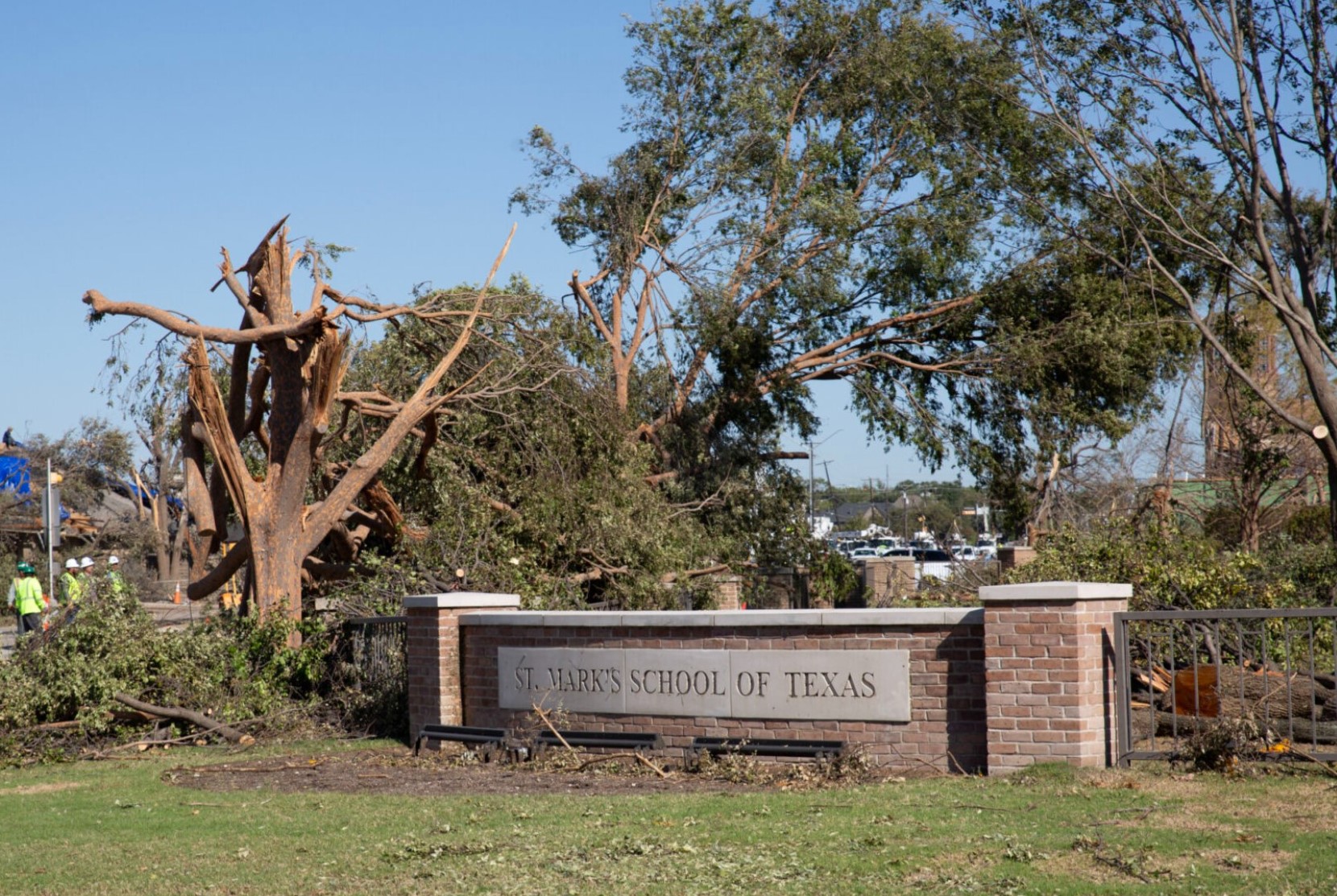
On Oct. 30, 2019, just 10 days after the tornado hit campus, students returned to school. An all-school assembly was held in Spencer Gym. After Reverend Arbogast prayed, Dini and then-student body president Taylor Hopkin spoke.
Hopkin ‘20: I think the coolest part about my role during that whole thing was a lot of the stories were funneled to me for whatever reason. There were some awesome stories of people going above and beyond, helping other people out, staying up late, helping people that they’ve never met clean up their yards for hours, or driving around looking for different food items or different construction tools to help them get their stuff done. Hearing those stories for the week that we were off was one of cooler experiences in my life. It was a moment where you’re like, man, I’m happy I’m at St Mark’s.
Eventually the chapel bricks were replaced, the Lower School roof was replaced, Spencer Gym was renovated and the landscaping took shape, filling the void of the trees lost to the storm. The school was different—it looked different and felt different. Those 10 days and the weeks that would follow made the community stronger than it had ever been.
Carden: The tornado was in a lot of ways preparing us for an even bigger challenge, which was Covid. In a way, we were able to kind of say, ‘okay, we’ve done this before. Let’s go back to that same playbook,’ and it kind of helped prepare us.
Ashton: I look at those photos sometimes, and there’s still this sort of emotional response, a lump in my throat. But it’s not because it was a sad time. It actually, for me, is because it’s just so powerful, the sense of community that responded to it. All those photos are of people and what they did together. To be a part of a place where that’s what we do, and that’s the people around you, it fills you with intense gratitude and appreciation.
Lissemore: I learned that our community is resilient, that we’re tough and that we can overcome anything. And we did. I know as faculty members, administrators, coaches, we were concerned about what we needed to do to ensure that we were delivering from a program standpoint. But, I remember looking at the boys and they’re like, hey, we’ll get through, we’ll figure it out. And again, just a testament to the culture here.


